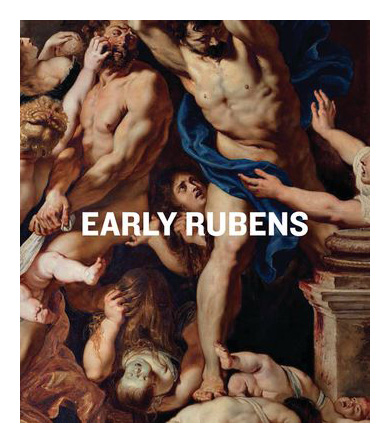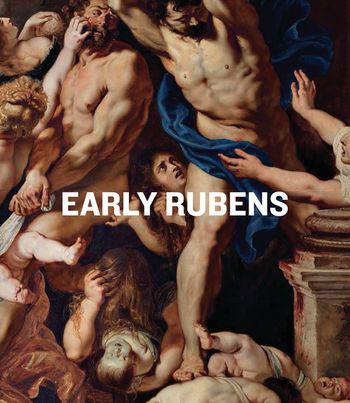-
Книги
- Нонфикшн
- Гуманитарные науки
- Деловая литература
- Естественные / Точные науки
- Книгоиздание
- Лайфстайл
- Словари / Энциклопедии
- Художественная литература
- Детектив
- Драматургия
- Классическая проза
- Мифология. Эпос
- Поэзия
- Собрания сочинений
- Современная художественная проза
- Фантастика. Фэнтези
- Биографии / Мемуары
- Графические романы / Комиксы
- Детские книги
- Воспитание. Педагогика
- Детский досуг
- О детских книгах
- Познавательная литература
- Художественная литература для детей
- Журналы / Зины
- Архитектурные
- Гуманитарные
- Журналы о моде
- Зарубежная периодика
- Искусство / Фотография
- Кино / Театр
- Лайфстайл
- Книги «Подписных изданий»
- Книги на иностранных языках
- Английский язык
- Испанский язык
- Итальянский язык
- Книги на иностранных языках для детей
- Немецкий язык
- Финский язык
- Французский язык
- Шведский язык
- Книги о кино
- Книги о музыке
- Книги о средневековье
- Книги о театре
- Книги о фотографии
- Книги об искусстве / Книги об архитектуре
- Альбомы по искусству
- Архитектура
- Декоративно-прикладное искусство
- Живопись
- Искусствоведение
- Орнаменты
- Прочее
- Танец
- Татуировка
- Творческое развитие
- Книги по философии
- Кулинарные книги
- Николай Солодников рекомендует
- Предзаказ
- Про дизайн / Про моду
- Путеводители / Книги о путешествиях
- Канцелярские товары
-
Подарки
- Брошки и значки
- Гирлянды
- Закладки
- Игры
- Календари
- Наклейки
- Наши сувениры
- Открытки
- Всякие-разные
- Наборы открыток
- Поздравления
- Про любовь и другие хорошие чувства
- С писателями и поэтами
- С цветами, овощами и фруктами
- С цитатами и другими фразами
- Подарочные сертификаты
- Постеры
- Прочее
- Сумки и шоперы
- Упаковка
- Подарочные сертификаты
Адрес магазина: Санкт-Петербург, Литейный пр., 57
Early Rubens
| Автор | |
|---|---|
| Издательство | Prestel |
| Год издания | 2019 |
| Переплет | Твёрдый |
| Страниц | 296 |
| Формат | 240x280 мм |
| Язык | Английский |
| ISBN | 978-3-79135844-4 |
| Артикул | 1121702 |
In 1600, Peter Paul Rubens left his home in Antwerp to travel to Italy and study the Italian masters. Eight years later, he returned to Belgium and quickly established himself as one of the foremost painters in Western Europe. This book explores Rubens’s work from 1609 until 1621 and how, acutely aware of the possibilities for commercial success, he rose to fame by establishing a “brand” and promoting himself. He created multiple versions of paintings with subjects that had proven to be successful, used similar subject matter to that used by famous artists in the past, and sought collaborators to create more ambitious works than he could have done alone. He also created a studio and workshop with numerous students and assistants, the most famous being Anthony van Dyck who frequently collaborated with Rubens. Through paintings, drawings, and prints, this book shows how a desire for commercial success influenced and changed Rubens’s artistic style. Essays delve into Italy’s effect on Rubens, on the narrative aspect of his paintings, and how he managed commissions from famous patrons. Filled with new insights on the most fruitful phase of Rubens’s career, this book offers a refreshing look at one of the most influential Baroque artists.
Подписка на рассылку
Мы будем присылать вам обзоры книг, промокоды и всякие-разные новости




